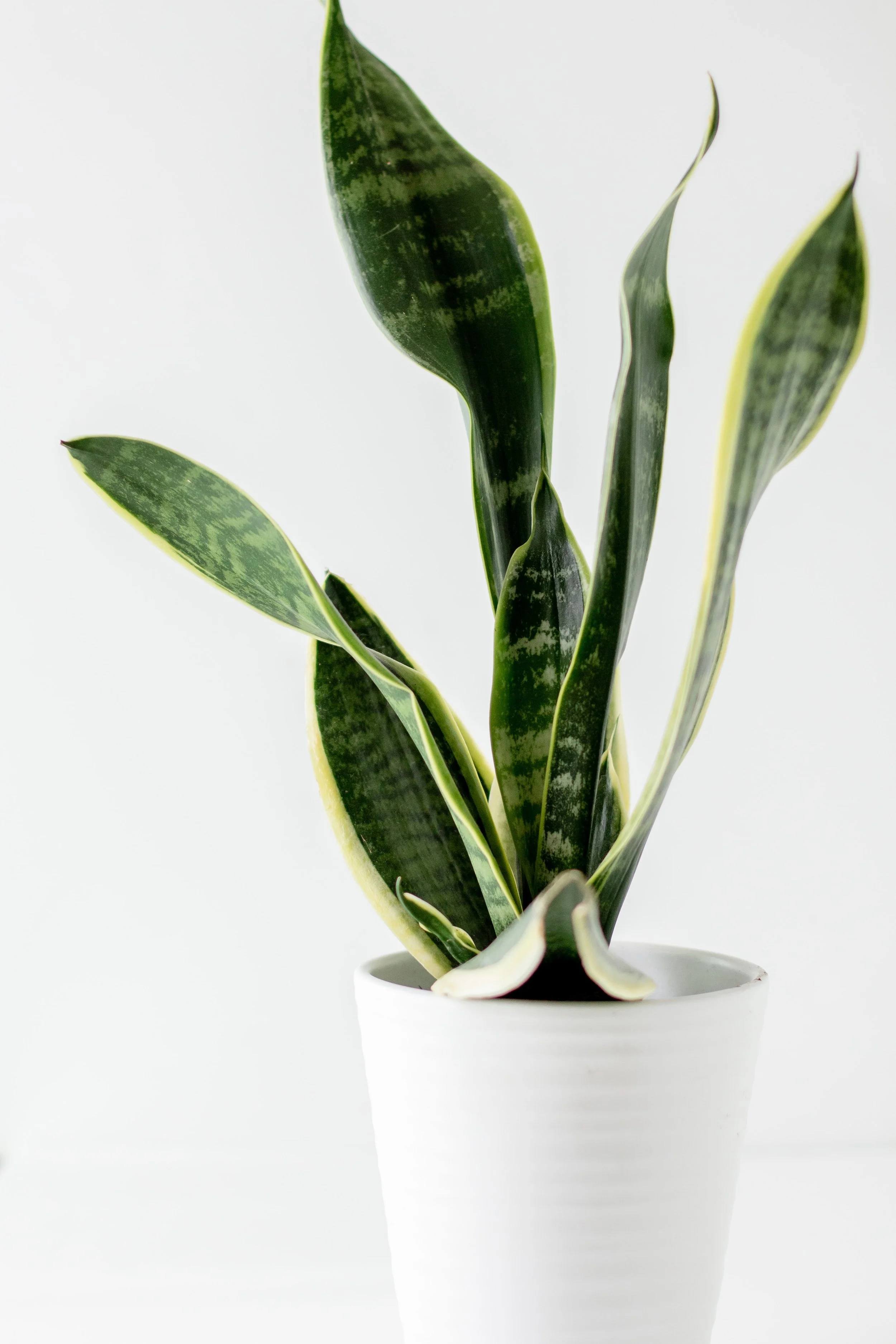What Can a Cleaner Do In 2 Hours?
If you have never had a cleaner you may wonder what to expect if you book a 2 hour clean.
We are going to break down what to expect from a 2-hour clean based on a 2-bedroom house without specific requirements provided by the customer. Please note: Depending on the size of your home and how many objects require moving the clean will vary.
If you want a deep clean for a whole house, we are going to be honest. Deep cleans take longer than 2 hours. However, if you have a regular clean you will see a significant difference in the cleanliness of your home as we can alternate the area that we clean each time resulting in a deep clean.
Kitchen: The clean will include a general tidy-up of the area. Surfaces and cooker cleaned, floors hoovered and mopped, cupboards wiped and microwave cleaned,
Living Room: A general tidy, surfaces cleaned. Dusting and either the skirts or windows cleaned (usually done on alternative cleans), wiped door handles and switches. Floor hoovered and mopped (if wooden flooring or tiled.
Bedroom: A general dust and clean. Beds made if requested, and floors hoovered and mopped depending on the type of floor you have.
Stairs and Landing: Dusted and hoovered.
Bathroom: A general tidy of the bathroom. Bath, shower, sink and toilet clean. Floors hoovered and mopped.
3 Beautiful Air Purifying - Low Maintenance Indoor House Plants
Improve the quality of the air in your home with one of these plants.
Having a beautifully clean home is one thing but have you thought about cleaning the air in your home? We often forget about the quality of the air that we breathe. The most natural way to do this is with nature, plants to be specific. Not only are there over 15 different types of air-purifying plants they also add a nice aesthetic feature to your home.
Plants come in all shapes and sizes, some even have flowers that can brighten up the room and even your mood. If you are a beginner with plants having such a wide variety to choose from can be overwhelming. To save you researching on the spot or spending hours deciding we have whittled it down to our top 3.
The Peace Lily
Botanical Name: Spathiphyllum spp.
Interesting facts: The Peace Lily is a symbol of peace, healing and purity. It originates from the tropical rainforest of Columbia and Venezuela. It is one of the very few plants that can flower in low light. Despite the name, it isn’t a true lily, although just as pretty.
Watering: This plant is one of our Click and Klean favourites. It is a hybrid between a plant and a flower. It is low maintenance and when I say that I mean it. The Peace Lily from personal experience only requires watering every couple of weeks depending on how dry the air is in your home. Check regularly as you risk harming the plant if left too long without water. If you are unsure whether to water the plant, always check the soil. The plant's leaves will slump when in need of watering. The leaves do like a mist of spray to prevent them from drying out.
Repotting: Great! What about repotting is probably your next thought. The Peace Lily only needs repotting every couple of years. The best time to do this is in spring. It’s best to place the plant in a pot that is 2 to 3 times larger than the plant to give it room to grow.
Location: Peace Lilies do not like being in direct sunlight, however, they do need some light to grow. They have an average life span of 3 - 5 years depending on how well they are looked after some have been known to last over a decade. They can grow up to 1 - 4 feet in height.
Things to consider: They can be purchased in different sizes depending on the retailer. The only downside to this plant and something to be aware of if you have young children or pets. The Peace Lily contains very small, insoluble calcium oxalate that can cause mouth and throat irritation if chewed or swallowed.
The Snake Plant
Botanical Name: Sansevieria Trifasciata
Interesting facts: The Snake plant is native to West Africa and is considered to be one of the luckiest plants. It is also believed to bring money and positive energy protection to the home.
Watering: If you want a low-maintenance plant with an interesting look. This is the plant for you. Just like the Peace Lily, it doesn’t require constant watering.
Location: A good place to put the plant is in the bedroom as it emits oxygen at night helping you sleep better. However, allow it to get some light as it prefers bright indirect light. It can also withstand sunlight. The plant likes to be warm and as its origin is West Africa that is no surprise.
Repotting: If you want a plant that has longevity the snake plant is a good choice as it has a lifespan of 10 years and can live up to 25 years. That does depend on how the plant is cared for of course. Again like the Peace Lily will require repotting every couple of years, the growth of the plant will influence how often you need to do this also the light it’s being placed in as that will determine how quickly the plant will grow. Bright light will encourage faster growth and low light will promote slower growth. On to growth, this will vary with the Snake plant so grow to a maximum height between 1 to 3 feet.
Things to consider: One downside is that it is mildly toxic to pets. We would recommend keeping the plant out of reach of children too.
The Tulsi Plant
Botanical Name: Ocimum Tenuiflorum
Interesting facts: The Tulsi plant is an aromatic shrub native to the Indian subcontinent and sacred within the Hindu religion. It is absorbing toxic pollutants from the air. The plant is also known as Holy Basil (not sweet Basil) and it is believed to bring positivity and has many health benefits. The leaves are highly scented and reported to smell similar to cloves. The benefits of this plant are that it gives out oxygen 20 out of 24 hours a day as well as it absorbs carbon dioxide, sulphur dioxide and carbon monoxide from the air. It is also one of the few plants that are safe for cats and dogs and in fact is believed to provide health benefits to them.
Location: It is an annual plant with a lifespan of 1.5 years and grows no bigger than 1 to 2 feet. The Tulsi plant likes direct sunlight. It's best placed near a window as it needs at least 6 - 8 hours of sunlight each day. While the Snake plant and Peace Lily do not require watering often the Tulsi plant benefits from being watered daily (apart from Sundays).
Repotting: If the Tulsi plant starts to outgrow the pot or container and you see the root re-pot it or as a general rule if in a sizeable pot re-pot every two years to maintain its health and growth.
Although we have our personal favourite we hope you have some insight or a starting point for choosing the best plant for your home.





